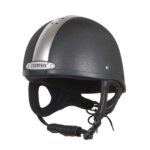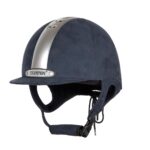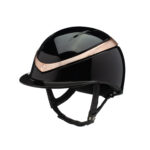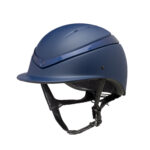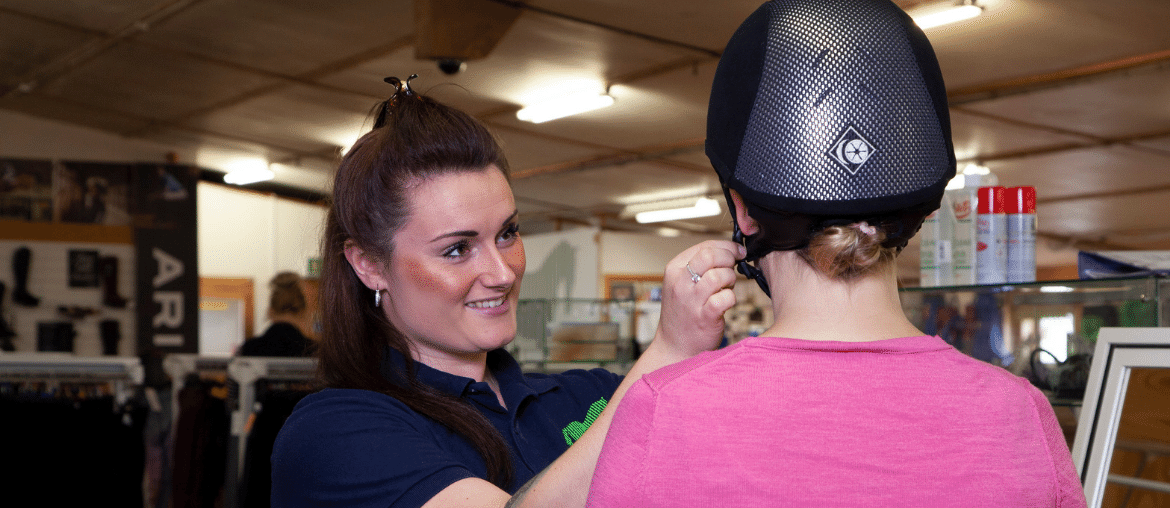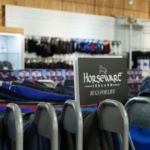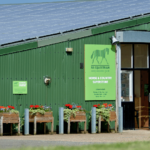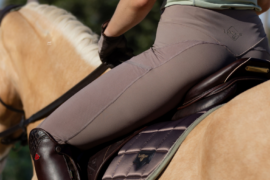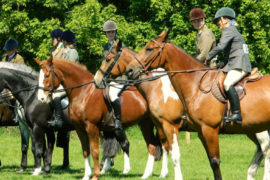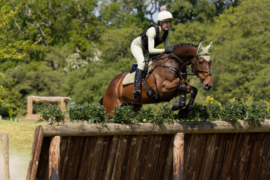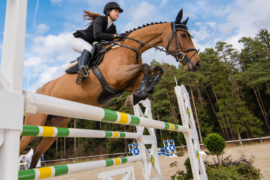Puzzled by the various hat standards and quality symbols? Why you shouldn’t just buy any old hat online? Well here’s a guide containing some useful tips to know when buying a riding hat…
When to Buy?
If you or your child have recently taken up horse riding and you plan to do it regularly it may be a good idea to have your own hat. While you can borrow a hat at most riding centres, having your own professionally fitted means:
- you can have one that’s comfortable and secure;
- you know if the hat has had any knocks or bumps and whether it’ll still offer you optimum protection;
- you can keep it clean and hygenic.
If you’ve been riding for a number of years you may want to replace your hat as over time the protective interior in the hat starts to deteriorate, and the safety standards may also be out of date (these can be checked below).
Your riding hat should also be replaced if it has been subject to any kind of impact. Although the hat may look fine on the outside, an impact may well have damaged the inside of the hat and it will no longer protect you properly in a fall. Even dropping your hat can cause damage.
Hat Fitting
Having your riding hat properly fitted is essential for both safety and comfort. A hat that is poorly fitted won’t properly protect your head and could also cause injury or discomfort by moving.
Here at RB Equestrian, we offer hat fittings in store and we are passionate that our customers have properly fitting hats. Not only will we take the time to make sure you find a hat that fits you well and suits your needs we will also happily check your hat fit for free as many times as you wish!
When you come in for a hat fitting, please remember:
- hat fittings can take up to an hour (and occasionally longer) so make sure you have plenty of time;
- wear your hair as you plan to when you are riding. How you wear your hair can alter the fit of the hat; and
- if you’re bringing a hat for it to be checked, ensure it is clean and dry.
Riding Hat Safety Standards
Riding hats come with a multitude of standards, all of which mean they have been tested in different ways.
Our team frequently receive refresher training to help keep them up to date with the latest developments in hat design and safety.
They can guide you in your decision as to which hats will meet the requirements of your discipline.
Use this handy guide to help you understand which hat standard is appropriate for what you are doing.
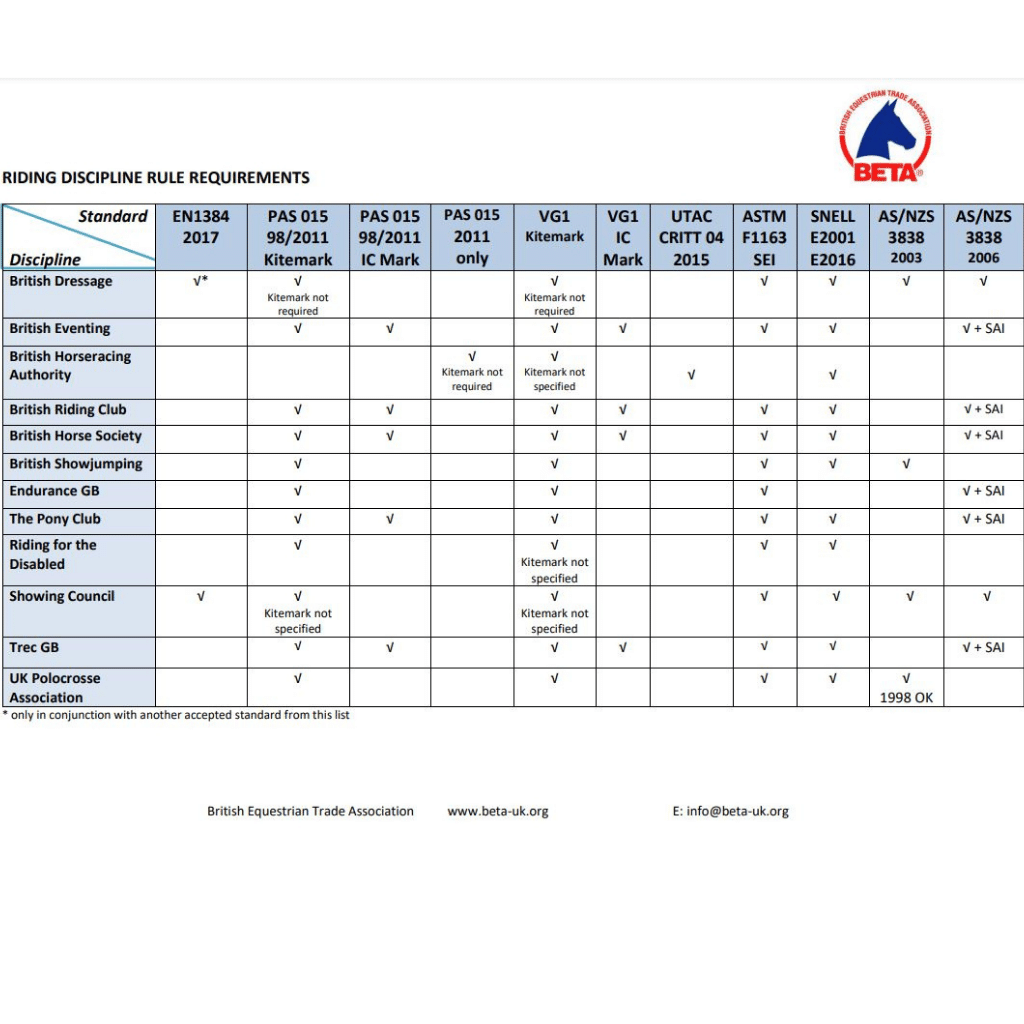
Quality Marks
In addition to the safety standards on hats, also look out for these markings:
- Kitemark – This is the registered trademark of the British Standards Institute. The Kitemark indicates that a company complies with a rigorous system of regulation and testing, including regular batch and audit testing of random samples.
- IC Mark – This quality mark is operated by Inspec and applied to PAS 015 and VGI-compliant helmets.
